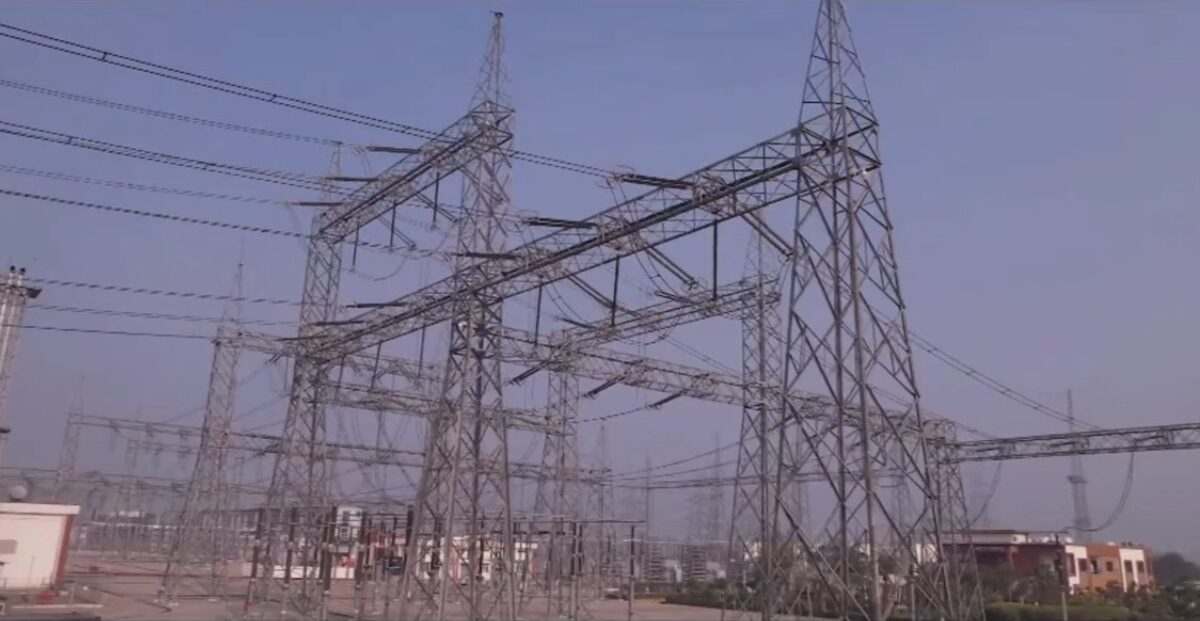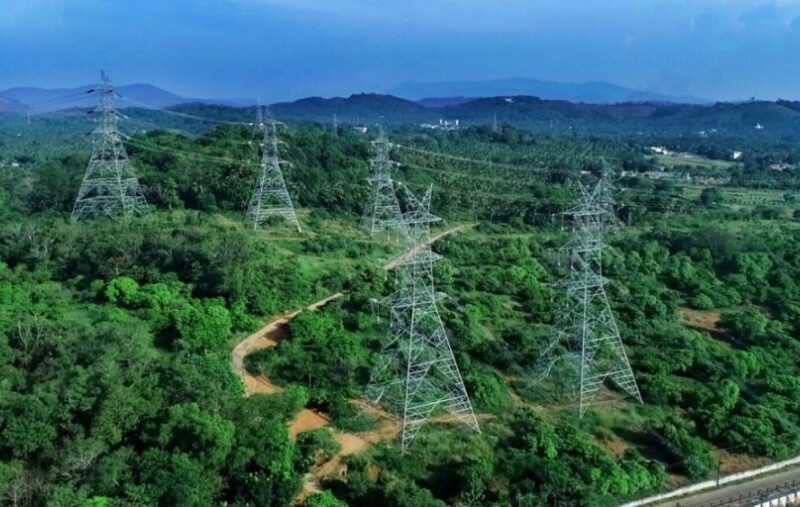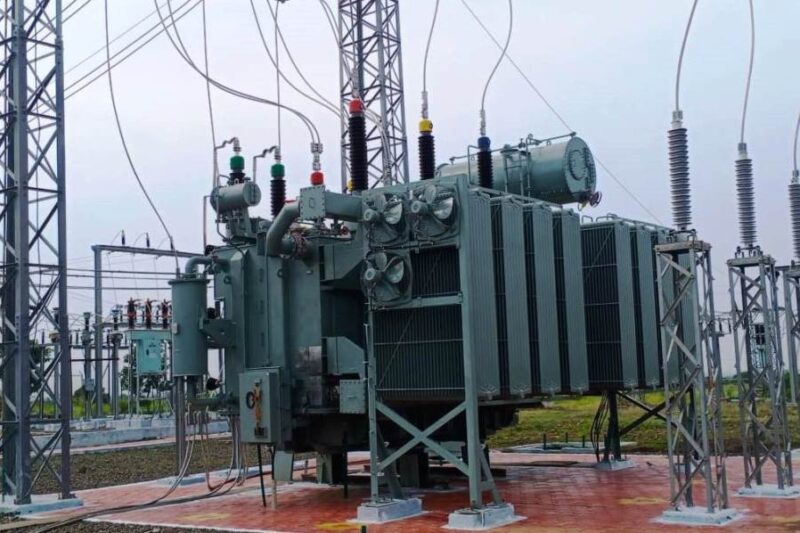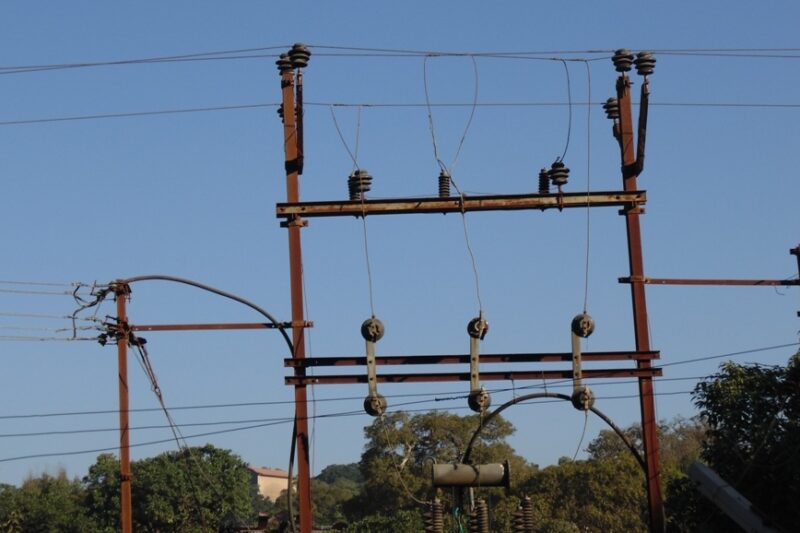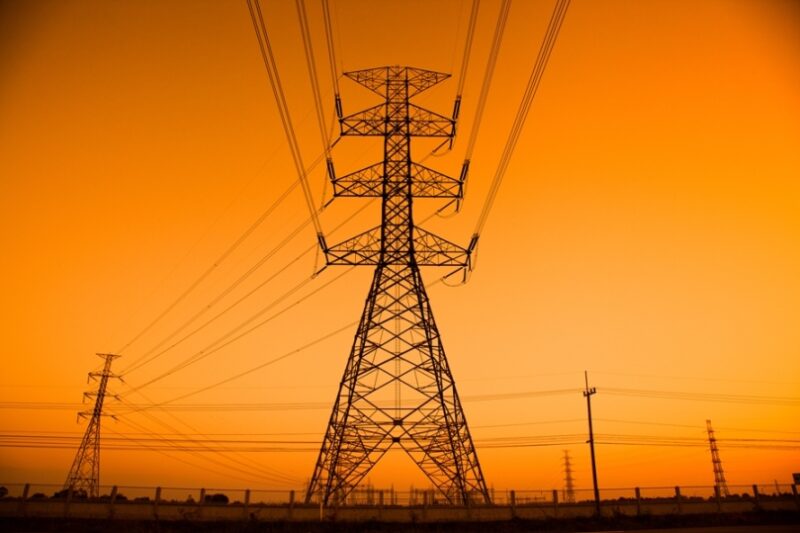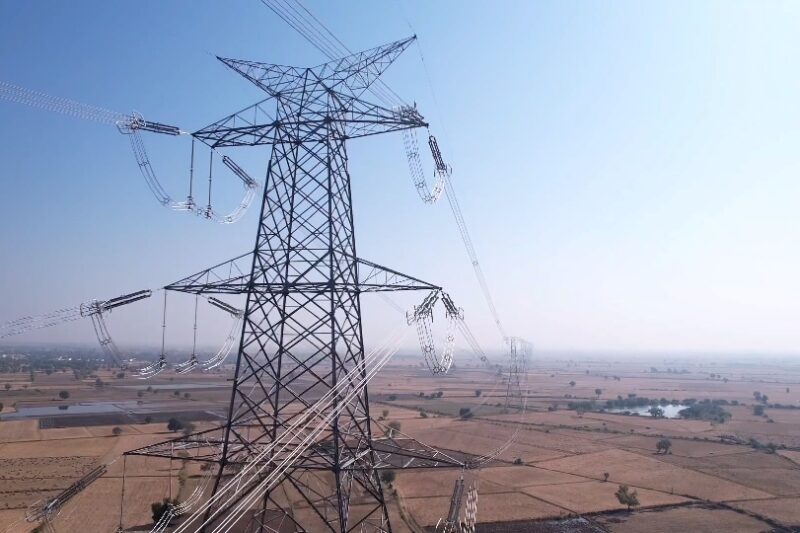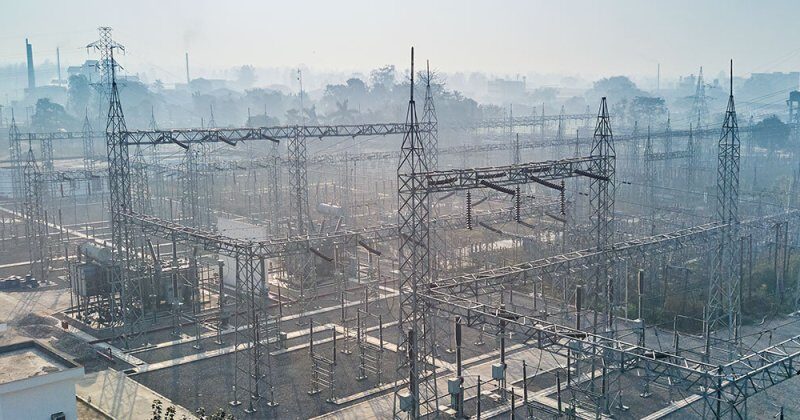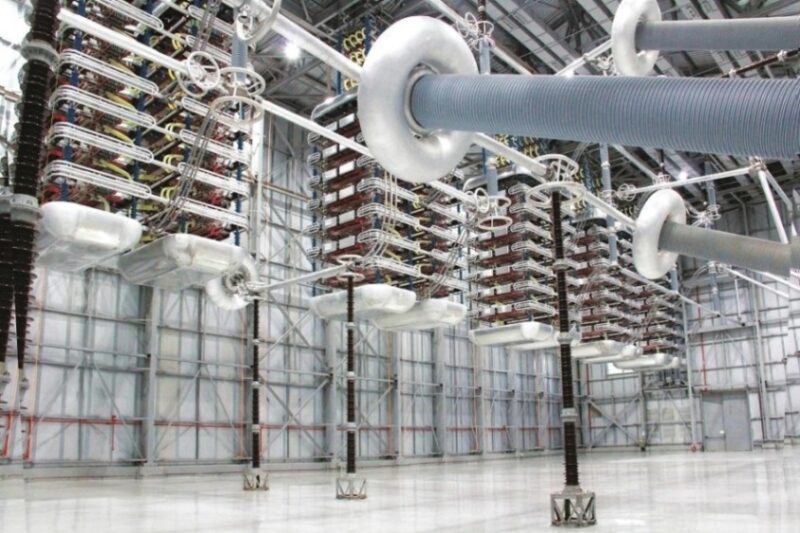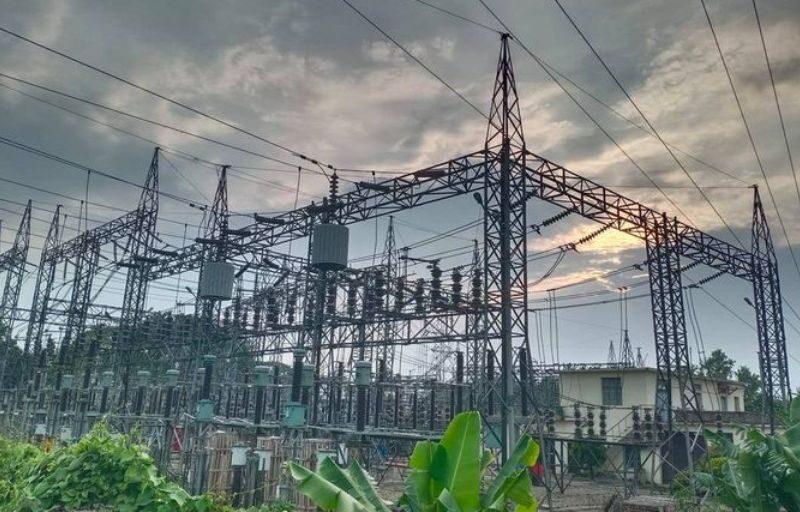Special Report
PGCIL to increase participation in intrastate network through JV, TBCB routes
Power Grid Corporation of India Ltd (PGCIL) is planning to increase its participation in the development of intrastate networks, using the joint venture and the competitive bidding routes.
PGCIL targets capex of Rs.15,000 crore in FY25
- May 27, 2024
Power Grid Corporation of India Ltd (PGCIL) has targeted capital expenditure of over Rs.15,000 crore in ongoing fiscal year, FY25.
DNV ASEAN Interconnector Study: Taking a regional approach to decarbonization
- May 24, 2024
ASEAN countries have committed to long-term net-zero targets but recent trends show that they are tackling decarbonization largely in an independent manner which is costly and inefficient.
Record substation capacity addition likely in FY25
- May 21, 2024
India is likely to witness record transformation capacity addition in FY25, going by official statistics.
Power distribution and renewable energy to dominate PFC’s lending portfolio
- May 15, 2024
The power distribution sector as well as renewable energy are set to dominate the lending portfolio of Power Finance Corporation (PFC) during FY25.
Lower transmission line addition expected by private sector in FY25
- May 14, 2024
Private sector entities are likely to commission a lesser quantum of transmission lines in FY25 as compared with FY24, official statistics indicate.
Five ISTS-TBCB projects scheduled to complete in Q1FY25
- May 13, 2024
By end of the first quarter of FY25, five interstate transmission schemes (ISTS) schemes awarded under the tariff-based competitive bidding (TBCB) mechanism are scheduled to complete, thereby capitalizing assets worth over Rs.5,000 crore.
Good prospects from power T&D sector, notes REC CMD
- May 2, 2024
REC Ltd expects good prospects from the power transmission & distribution (T&D) sector in FY25, noted the company’s CMD Vivek Kumar Dewangan.
HVDC power transmission gaining prominence, major capacity build-up in the pipeline
- Apr 30, 2024
The quantum of interregional electricity transfer through HVDC lines appears to have increased significantly in FY24, as borne out by newly-released statistics by GRID-INDIA.
Full completion of NERSPIP expected by end of 2024
- Apr 22, 2024
The North-Eastern Region Power System Improvement Project (NERPSIP), a major Centrally-sponsored programme covering the northeast states, except Arunachal Pradesh, is expected to be fully commissioned by end of 2024, according to a latest government report.


